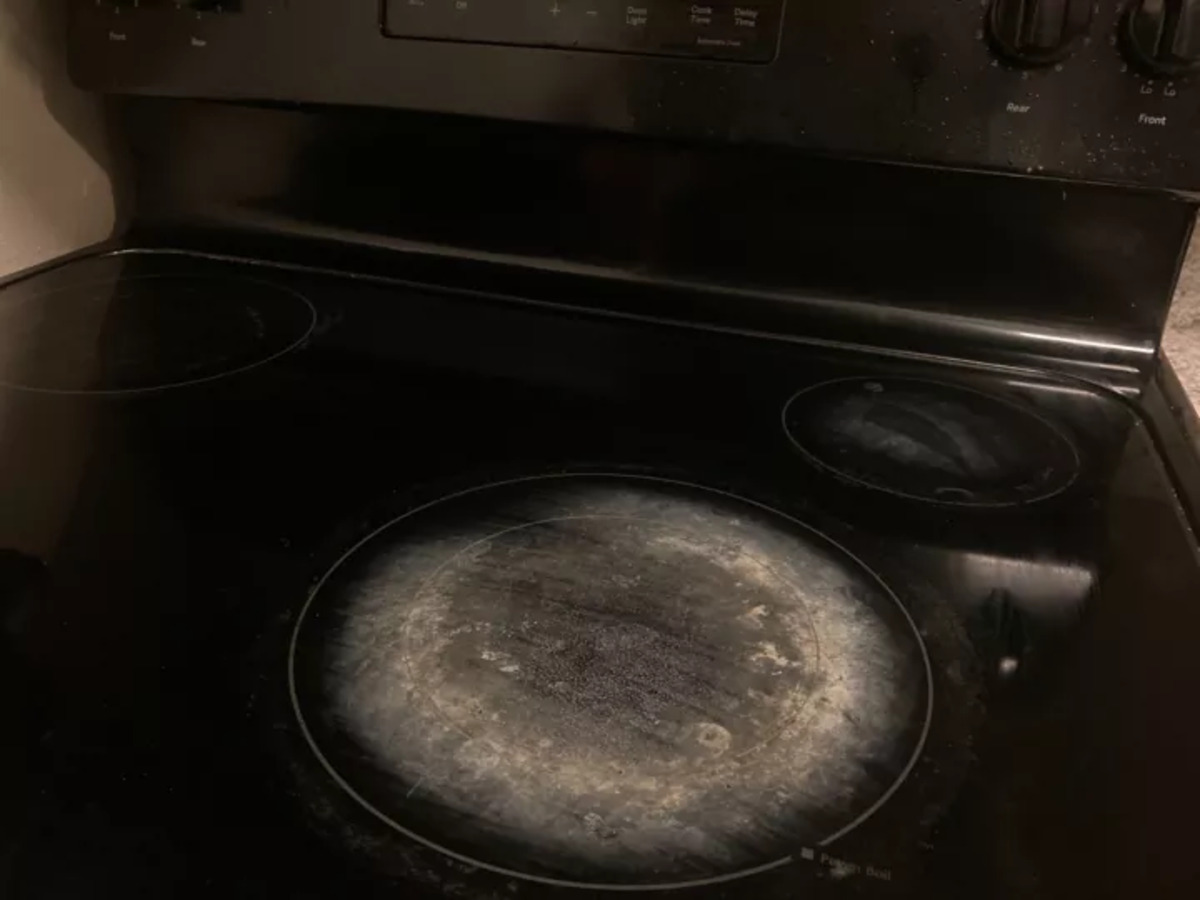

Articles
How To Get Burnt On Sugar Off Glass Cooktop
Modified: October 20, 2024
Learn effective methods to remove burnt-on sugar from your glass cooktop with these informative articles. Keep your cooktop looking sparkling and clean!
(Many of the links in this article redirect to a specific reviewed product. Your purchase of these products through affiliate links helps to generate commission for Storables.com, at no extra cost. Learn more)
Introduction
Welcome to our comprehensive guide on how to get burnt-on sugar off a glass cooktop. Cooking mishaps can happen to the best of us, and one common challenge many home cooks face is cleaning burnt sugar stains from their glass cooktops. The sticky, caramelized residue can stubbornly adhere to the surface, making it difficult to remove using standard cleaning methods. However, with the right techniques and materials, you can effectively tackle this issue and restore your cooktop to its sparkling clean state.
In this article, we will delve into the various methods and precautions you need to take to successfully remove burnt sugar from a glass cooktop. We will also explore alternative cleaning agents and share some tips for preventing burnt sugar incidents in the first place. So, let’s get started and find out how to conquer this sticky culinary challenge!
Key Takeaways:
- Removing burnt sugar from a glass cooktop requires patience and gentle cleaning to avoid damage. Utilize gentle materials and alternative cleaning agents like vinegar or baking soda for effective stain removal.
- Prevent burnt sugar stains by monitoring heat settings, using appropriate cookware, and promptly cleaning spills. Regular maintenance and following manufacturer guidelines are crucial for preserving the pristine condition of your glass cooktop.
Read more: How To Get Burnt Sugar Off A Glass Top Stove
Understanding the challenge of burnt sugar on a glass cooktop
If you’ve ever had the unfortunate experience of spilling or splattering sugar on your glass cooktop, you know how frustrating it can be to remove the resulting burnt-on residue. The high temperatures involved in cooking caramel or melting sugar can cause it to stick to the surface of the cooktop, creating a tough, sticky mess.
Glass cooktops are particularly susceptible to the damage caused by burnt sugar. The smooth, flat surface makes it easier for the sugar to adhere, and if not promptly and properly cleaned, it can leave behind unsightly stains. Additionally, when heat is applied to the sugar, it can become molten and seep into the microscopic pores of the glass, further complicating the cleaning process.
One of the challenges with removing burnt sugar from a glass cooktop is that it requires a gentle touch. Abrasive scrubbing pads or harsh cleaning chemicals can potentially scratch or etch the delicate glass surface. Therefore, it’s crucial to approach the cleaning process with care and use appropriate materials and techniques to minimize any potential damage to your cooktop.
Another factor to consider is that sugar, when heated, undergoes a caramelization process, which changes its chemical composition. This caramelized sugar can become hardened and even more difficult to remove from the cooktop. Traditional kitchen cleaners may not be effective in breaking down these hardened sugar residues, necessitating alternative cleaning methods to tackle the stubborn stains.
It’s important to note that dealing with burnt sugar on a glass cooktop requires patience and perseverance. It may take several attempts and a bit of trial and error to completely remove the stubborn stains. However, with the right approach and the following steps, you can restore your glass cooktop to its pristine condition.
Precautions and Safety Measures
Before diving into the process of removing burnt sugar from a glass cooktop, it’s essential to prioritize safety and take necessary precautions to prevent any accidents or damage. Here are some guidelines to follow:
- Turn off the heat: Ensure that the cooktop is completely cool before attempting to clean it. Never attempt to clean a hot cooktop, as it can lead to burns or other injuries.
- Protective gear: It is recommended to wear protective gloves to shield your hands from any chemicals or cleaning agents you may use.
- Ventilation: Properly ventilate the area by opening windows or using an exhaust fan to remove any fumes or odors that may be produced during the cleaning process.
- Read manufacturer instructions: Check the user manual or contact the manufacturer of your glass cooktop for specific recommendations on cleaning and maintenance.
- Avoid abrasive materials: Avoid using abrasive scrubbing pads, steel wool, or harsh cleaning chemicals that can potentially scratch or damage the glass surface of the cooktop. Instead, use gentle cleaning tools and solutions specifically designed for glass cooktops.
- Test in a small area: Before applying any cleaning solution or technique to the entire cooktop, test it on a small, inconspicuous area to ensure it does not cause any adverse reactions or damage to the glass surface.
- Prevent electrical hazards: Ensure that the cooktop is unplugged or turned off at the circuit breaker to prevent any electrical accidents while cleaning.
- Proper disposal: Dispose of any used cleaning materials or leftover residue in accordance with local regulations and guidelines. Follow proper disposal methods to minimize environmental impact.
By taking these precautions and safety measures, you can effectively reduce the risk of accidents, protect your cooktop from damage, and ensure a safe cleaning experience.
Materials Needed for the Cleaning Process
Before you embark on the task of removing burnt sugar from your glass cooktop, it’s important to gather all the necessary materials to ensure an effective and efficient cleaning process. Here are the commonly needed materials:
- Glass cooktop cleaner: Look for a cleaner specifically formulated for glass cooktops. These cleaners are designed to dissolve and remove stubborn stains without scratching the surface. Make sure to choose a product that is recommended by the manufacturer of your cooktop.
- Soft cloth or sponge: Select a soft cloth or sponge that is non-abrasive and gentle on the glass surface. Avoid using scrubbing pads or brushes that can potentially cause scratches.
- Razor scraper: A razor scraper with a handle and replaceable blade can be useful for gently scraping off any hardened or stuck-on sugar residue. Use caution when using a scraper to avoid scratching the glass. Angle the blade at a shallow angle to minimize the risk of scratching.
- Vinegar: White vinegar is a natural cleaning agent that can be effective at breaking down burnt-on stains. It helps to dissolve the sugar and make it easier to remove. Dilute vinegar with water in a spray bottle for easy application.
- Baking soda: Baking soda is another versatile natural cleaner that can help with burnt sugar stains. It acts as a mild abrasive without scratching the glass surface.
- Lemon juice: Lemon juice contains citric acid, which can help break down tough stains. Squeeze fresh lemon juice or use bottled lemon juice as a natural cleaning solution.
- Microfiber cloth: A microfiber cloth is ideal for wiping and polishing the glass cooktop. It is soft and lint-free, making it perfect for achieving a streak-free shine.
- Dish soap: Mild dish soap can be used for pre-cleaning and degreasing the cooktop. Choose a gentle formula that won’t leave residue or streaks.
- Warm water: Fill a basin or bucket with warm water to rinse your cloth or sponge during the cleaning process.
- Protective gloves: Wear gloves to protect your hands from any cleaning chemicals or hot surfaces.
With these materials at hand, you’ll be well-prepared to tackle the task of removing burnt sugar from your glass cooktop. Remember to always follow the manufacturer’s recommendations and use the appropriate cleaning tools for your specific cooktop to avoid any damage or scratches.
Use a razor blade or glass scraper to carefully remove the burnt sugar from the glass cooktop. Then, clean the area with a mixture of vinegar and water to remove any remaining residue.
Step-by-step Guide to Removing Burnt Sugar from a Glass Cooktop
Now that you have gathered all the necessary materials, it’s time to dive into the step-by-step process of removing burnt sugar from your glass cooktop. Follow these instructions carefully for the best results:
- Allow the cooktop to cool down: Ensure that the cooktop is completely cool to the touch before beginning the cleaning process to prevent any burns.
- Gently scrape off any loose debris: Use a razor scraper at a shallow angle to carefully scrape off any burnt sugar or residue that is not firmly stuck to the glass surface. Be cautious not to scratch the glass while doing this.
- Mix a cleaning solution: Depending on the severity of the burnt sugar stains, you can choose to use either a commercial glass cooktop cleaner or create a DIY solution. For a DIY solution, mix equal parts of white vinegar and water in a spray bottle. Alternatively, you can make a paste using baking soda and water.
- Apply the cleaning solution: Spray the commercial cleaner or the vinegar solution generously onto the affected areas. If using the baking soda paste, apply it directly onto the stains.
- Let it sit: Allow the cleaning solution to sit on the burnt sugar stains for a few minutes to penetrate and loosen the residue.
- Gently scrub the stains: Use a soft cloth or sponge to gently scrub the burnt sugar stains in a circular motion. Apply light pressure and be careful not to scratch the glass surface. If using the baking soda paste, continue to scrub with the paste.
- Rinse and wipe: Once the stains are loosened, dampen a cloth or sponge in warm water and gently wipe away the cleaning solution and loosened residue. Rinse the cloth or sponge frequently to ensure you are not spreading the sugar residue around.
- Purge residue with vinegar: If there are any stubborn spots remaining, you can spray a small amount of vinegar directly onto the residue and leave it for a few minutes. Then, gently scrub and wipe again with a clean cloth or sponge.
- Polish for a sparkling finish: After removing the burnt sugar stains, use a microfiber cloth to polish the glass cooktop. This will help remove any remaining streaks or residue, leaving your cooktop gleaming.
- Clean the surrounding area: Don’t forget to wipe down the surrounding areas of the cooktop, such as the control knobs and the edges, to ensure a thorough cleaning.
Following these step-by-step instructions will help you effectively remove burnt sugar from your glass cooktop and restore its original shine. Remember to be gentle when scrubbing, use the appropriate cleaning tools and solutions, and always prioritize safety during the process.
Read more: How To Get Burnt Plastic Off Glass Stove
Alternative Methods and Products for Removing Burnt Sugar Stains
In addition to the traditional cleaning methods mentioned earlier, there are several alternative approaches and specialized products that can help you tackle stubborn burnt sugar stains on your glass cooktop. Here are a few alternative methods to consider:
- Lemon juice: Lemon juice contains citric acid, which acts as a natural stain remover. Squeeze fresh lemon juice onto the burnt sugar stains and let it sit for a few minutes. Then, gently scrub the stains with a soft cloth or sponge and rinse with warm water. Lemon juice can help break down the sugar residues effectively.
- Cooktop cleaning pads: Specialized cooktop cleaning pads are available in the market that are specifically designed for glass cooktops. These pads have a textured surface that helps to lift and remove tough stains. Follow the instructions on the packaging for the best results.
- Commercial oven cleaners: Some commercial oven cleaners are suitable for use on glass cooktops as well. These cleaners are formulated to tackle tough stains and baked-on residues. Make sure to choose a cleaner that is labeled safe for use on glass surfaces and follow the instructions provided.
- Baking soda and hydrogen peroxide: Make a paste using baking soda and hydrogen peroxide and apply it to the burnt sugar stains. Let it sit for a few minutes, then gently scrub before rinsing with warm water. This combination can help break down stubborn stains effectively.
- Steam cleaning: Another alternative is to use a steam cleaner to tackle burnt sugar stains. The high-temperature steam can help loosen the sugar residue, making it easier to wipe away. Follow the manufacturer’s instructions for using the steam cleaner on your glass cooktop.
While these alternative methods can be effective, it’s important to remember to always follow safety precautions and test any new products or methods on a small, inconspicuous area of your cooktop first to ensure they do not cause any damage.
Ultimately, the choice of method or product will depend on your personal preference and the severity of the burnt sugar stains. Experiment with these alternatives to find the one that works best for you. Regardless of the method you choose, always exercise caution and be gentle when cleaning your glass cooktop to avoid any scratches or damage.
Tips for Preventing Burnt Sugar on Glass Cooktops
Prevention is always better than cure, especially when it comes to keeping your glass cooktop clean and free from burnt sugar stains. Here are some practical tips to help you avoid accidents and minimize the chances of encountering stubborn sugar residue on your cooktop:
- Monitor heat settings: Be mindful of the heat settings when cooking with sugar. High heat can cause sugar to melt quickly and potentially overflow or splatter onto the cooktop. Use medium to low heat settings when working with sugar to reduce the risk of spills and splatters.
- Use appropriate cookware: When cooking with sugar, use cookware with high sides or a deep pot to contain any potential spills. Choose pots or pans with non-stick surfaces to minimize the chances of sugar sticking to the cookware and transferring onto the glass cooktop.
- Prevent spills and splatters: Take precautions to prevent spills or splatters while working with sugar. Stir sugar gently and slowly to minimize splashing and use a lid or splatter guard, if necessary, to contain any potential mess.
- Clean up spills immediately: If a spill or splatter does happen, it’s important to clean it up promptly. Use a damp cloth or paper towel to wipe away any sugar residue before it has a chance to harden and become more difficult to remove.
- Protective coverings: Consider using a protective covering such as a silicone mat or a cooktop protector specifically designed for glass cooktops. These covers can help create a barrier between the cookware and the glass surface, reducing the chances of sugar coming into direct contact with the cooktop.
- Regular maintenance: Make it a habit to regularly clean your glass cooktop, even when there are no visible stains. Regular maintenance helps prevent the buildup of dirt and grime, making it easier to clean any spills or splatters that do occur.
- Avoid using rough or abrasive materials: When cleaning your glass cooktop, avoid using rough scrubbers, abrasive cleaners, or sharp objects that can potentially scratch the surface. Stick to soft cloths or non-abrasive sponges specifically designed for glass cooktops.
- Follow manufacturer’s guidelines: Always refer to the manufacturer’s instructions and guidelines for your specific glass cooktop model. They may provide specific recommendations for cleaning and maintenance that can help prevent sugar stains and protect the glass surface.
By implementing these preventive measures and being diligent in your cooking and cleaning practices, you can minimize the occurrence of burnt sugar stains on your glass cooktop. Prevention is key, and taking the necessary precautions will save you time and effort in the long run.
Conclusion
Dealing with burnt sugar stains on a glass cooktop can be a challenging task, but armed with the right knowledge and techniques, it is certainly manageable. In this comprehensive guide, we have covered various aspects of removing burnt sugar from a glass cooktop, including the understanding of the challenge, precautions and safety measures, required materials, step-by-step cleaning process, alternative methods and products, as well as tips for prevention.
Remember to always prioritize safety and take necessary precautions when working with a glass cooktop. Ensure that it is cooled down before attempting to clean it and protect your hands with gloves. Avoid using abrasive materials that can scratch the surface and follow the manufacturer’s guidelines for cleaning and maintenance.
Before beginning the cleaning process, gather all the needed materials, including a glass cooktop cleaner or alternative cleaning agents like vinegar or baking soda. Have soft cloths or sponges at hand for scrubbing and a razor scraper for gently removing any hardened residue.
Follow the step-by-step guide carefully, which includes scraping off loose debris, applying the cleaning solution, scrubbing the stains gently, and polishing the cooktop for a sparkling finish. Alternatively, you can explore alternative methods such as using lemon juice, specialized cooktop cleaning pads, commercial oven cleaners, baking soda and hydrogen peroxide, or steam cleaning.
To avoid the hassle of dealing with burnt sugar stains in the first place, take preventive measures such as monitoring heat settings, using appropriate cookware, and immediately cleaning up any spills or splatters. Regular maintenance and following the manufacturer’s guidelines are also crucial for keeping your glass cooktop in pristine condition.
In conclusion, by following the tips and methods outlined in this guide, you can effectively remove burnt sugar stains from your glass cooktop and maintain its beauty and functionality. With patience, proper techniques, and a proactive approach to prevention, you’ll be able to enjoy a clean and spotless cooktop for many delectable meals to come!
Now that you've mastered cleaning your glass cooktop, why stop there? Dive into our next guide, where we break down effective methods to spruce up every nook and cranny of your fridge. From simple spills to stubborn stains, learn how to maintain freshness and hygiene effortlessly. Keeping appliances clean not only prolongs their lifespan but also ensures they operate at peak efficiency. Ready to turn that chaotic fridge into a model of cleanliness? Check out our comprehensive cleaning strategies next!
Frequently Asked Questions about How To Get Burnt On Sugar Off Glass Cooktop
Was this page helpful?
At Storables.com, we guarantee accurate and reliable information. Our content, validated by Expert Board Contributors, is crafted following stringent Editorial Policies. We're committed to providing you with well-researched, expert-backed insights for all your informational needs.
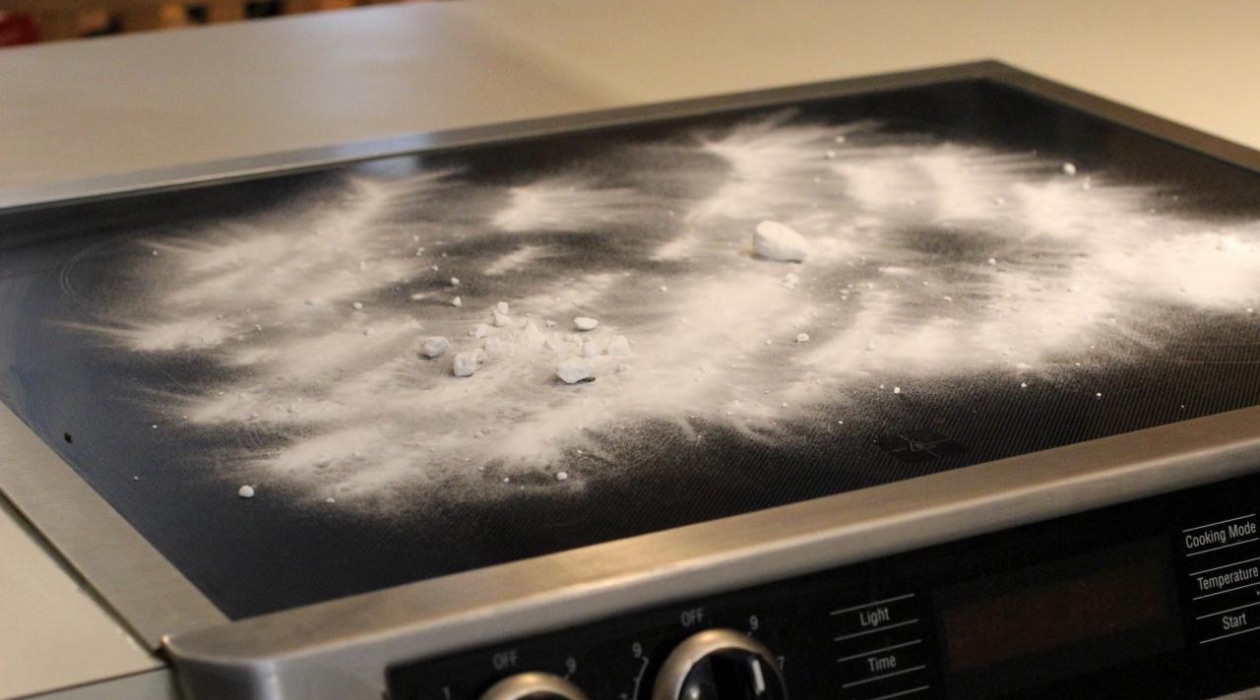
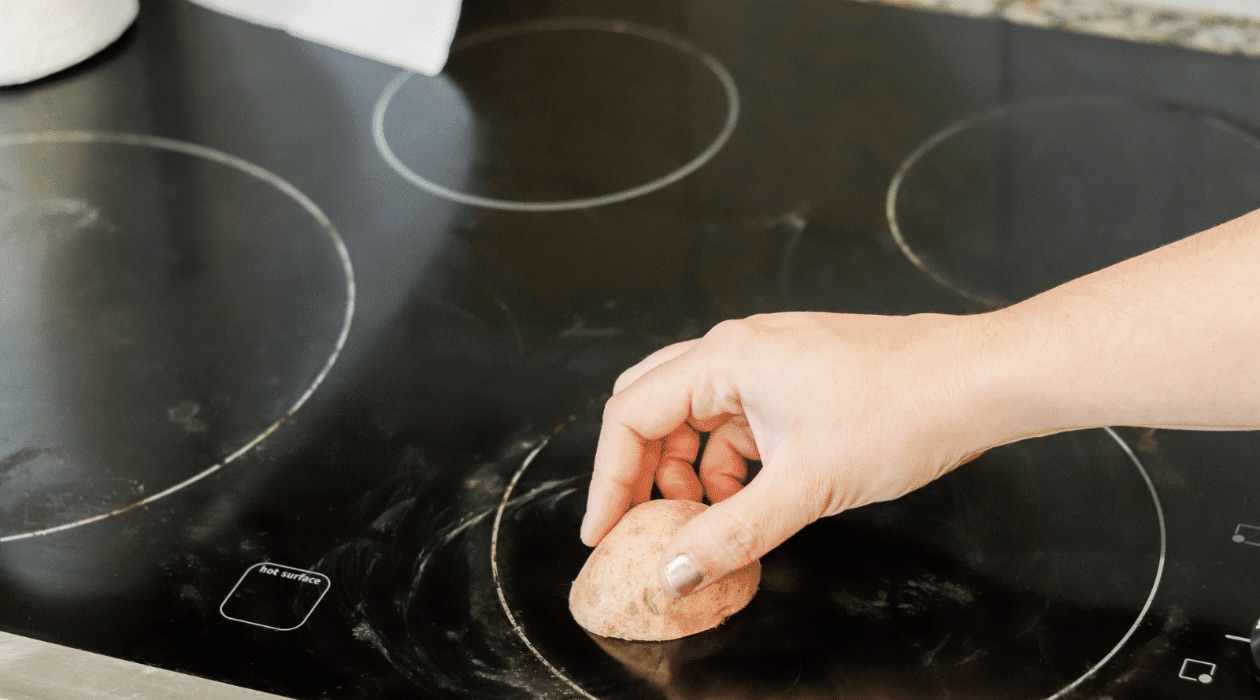
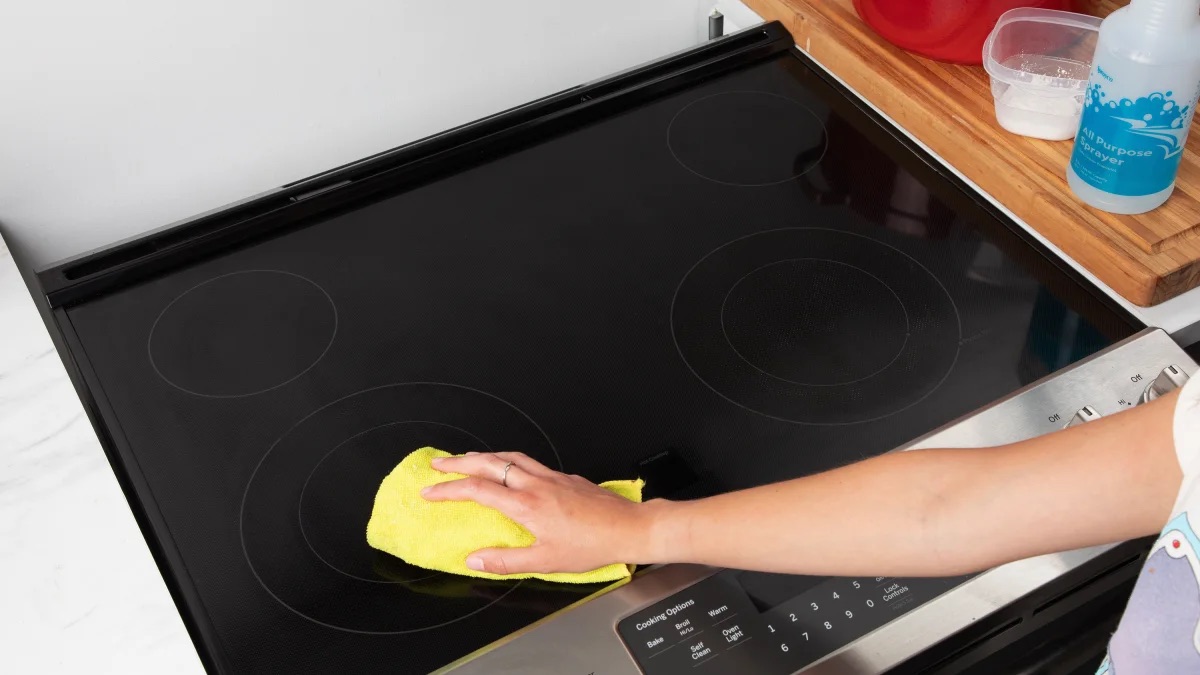
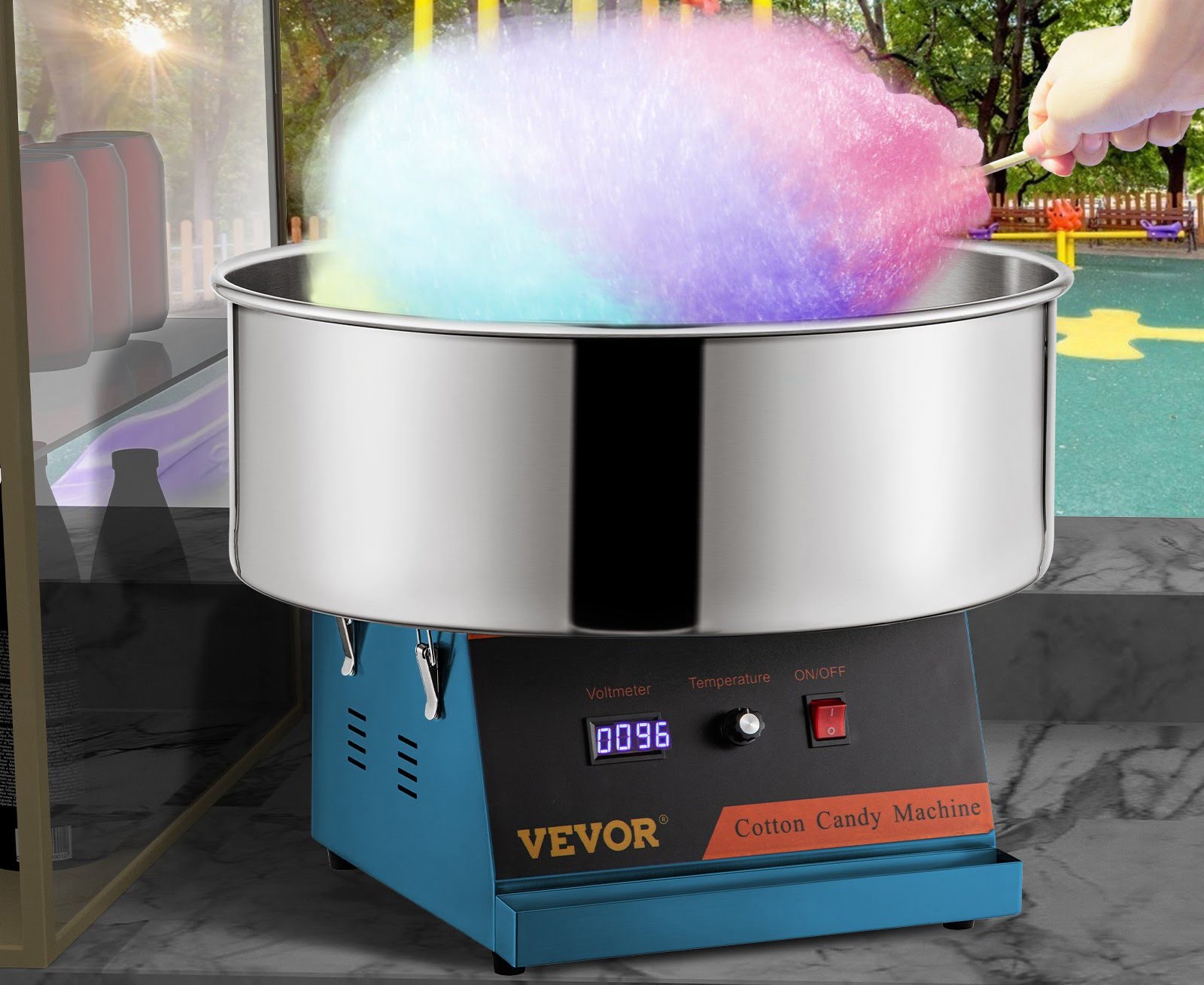
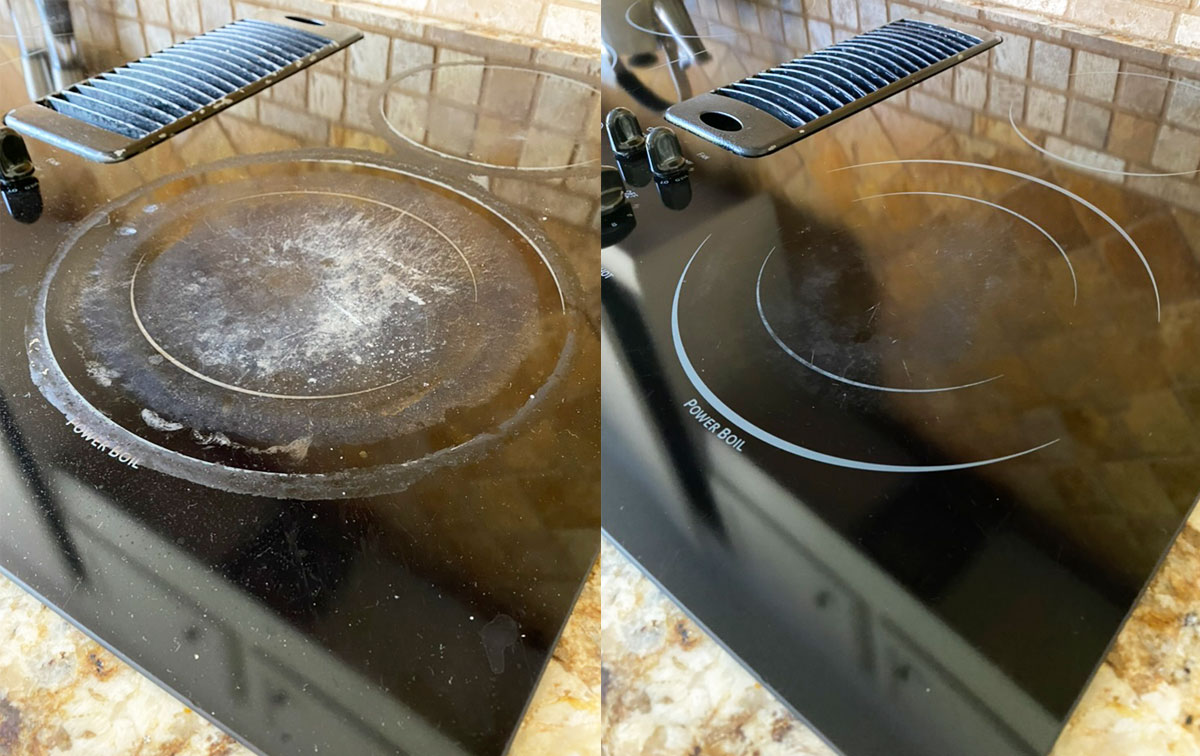
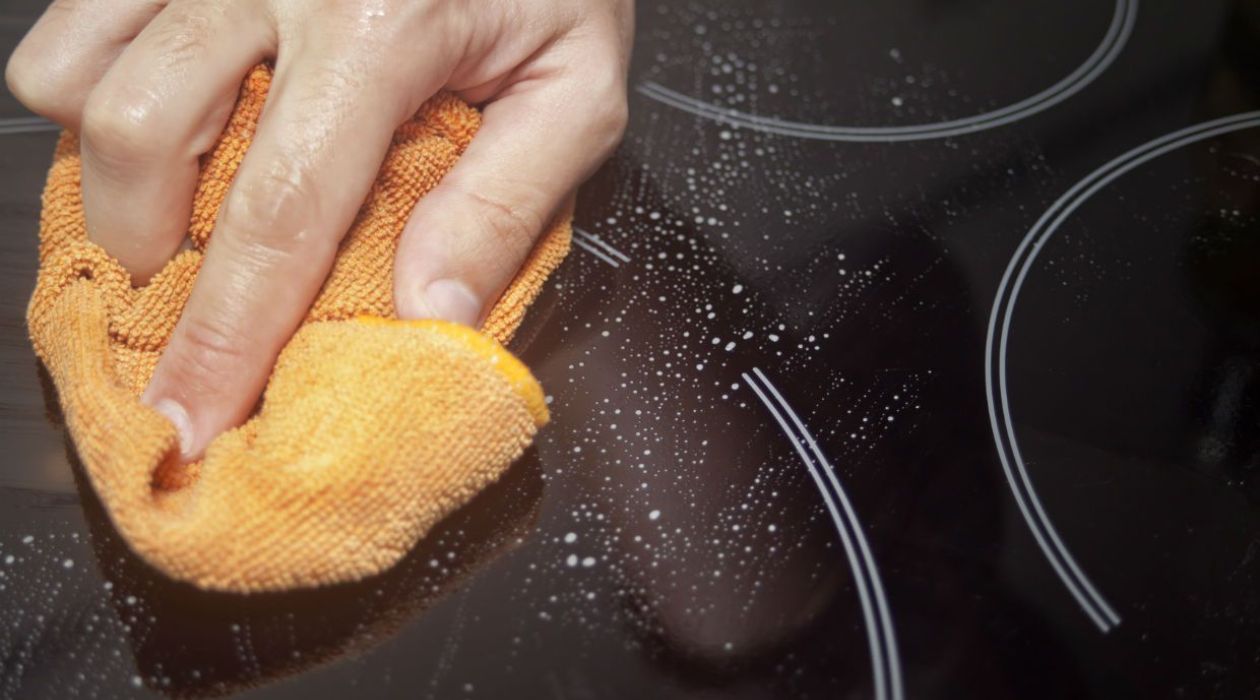
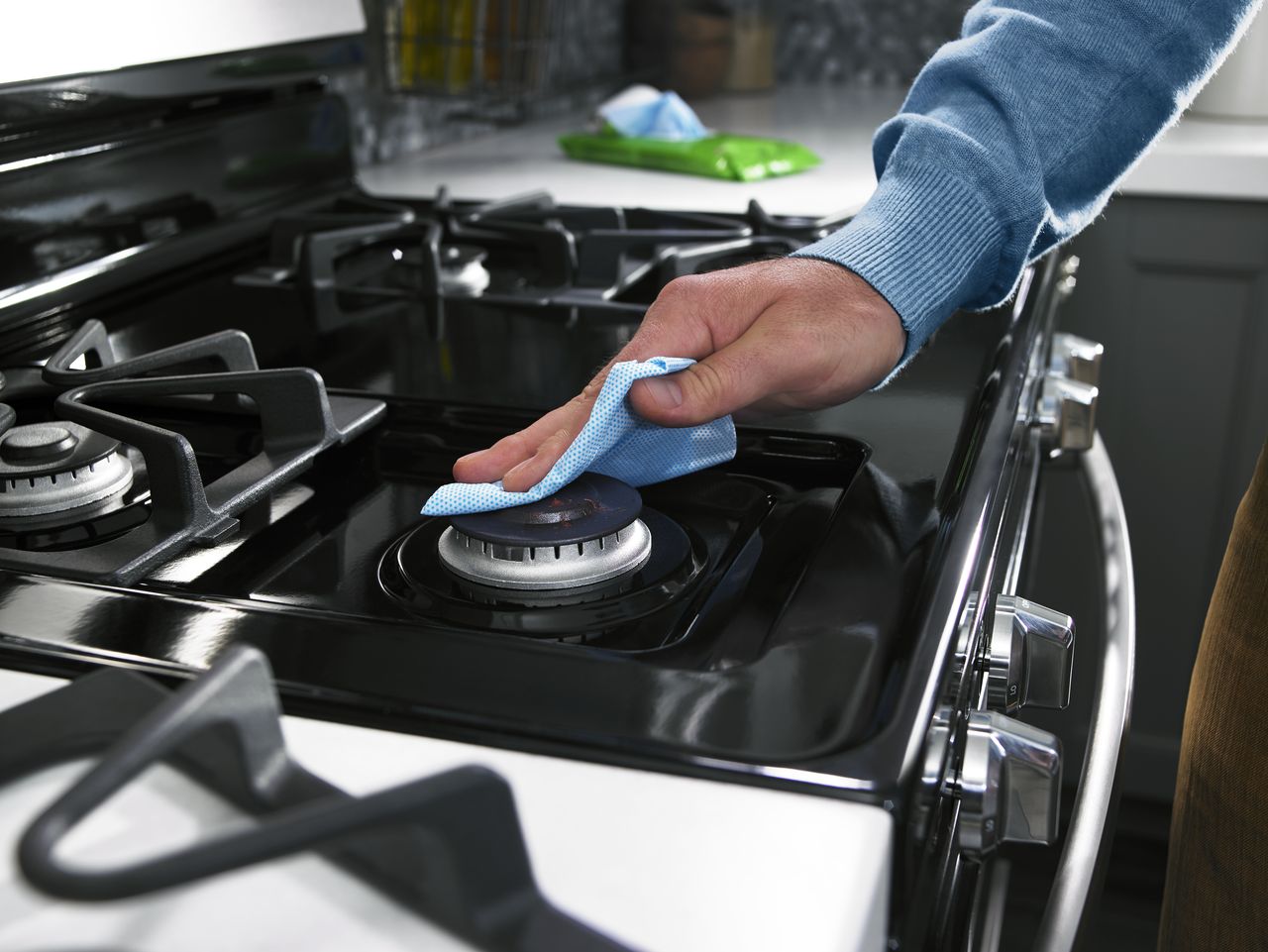
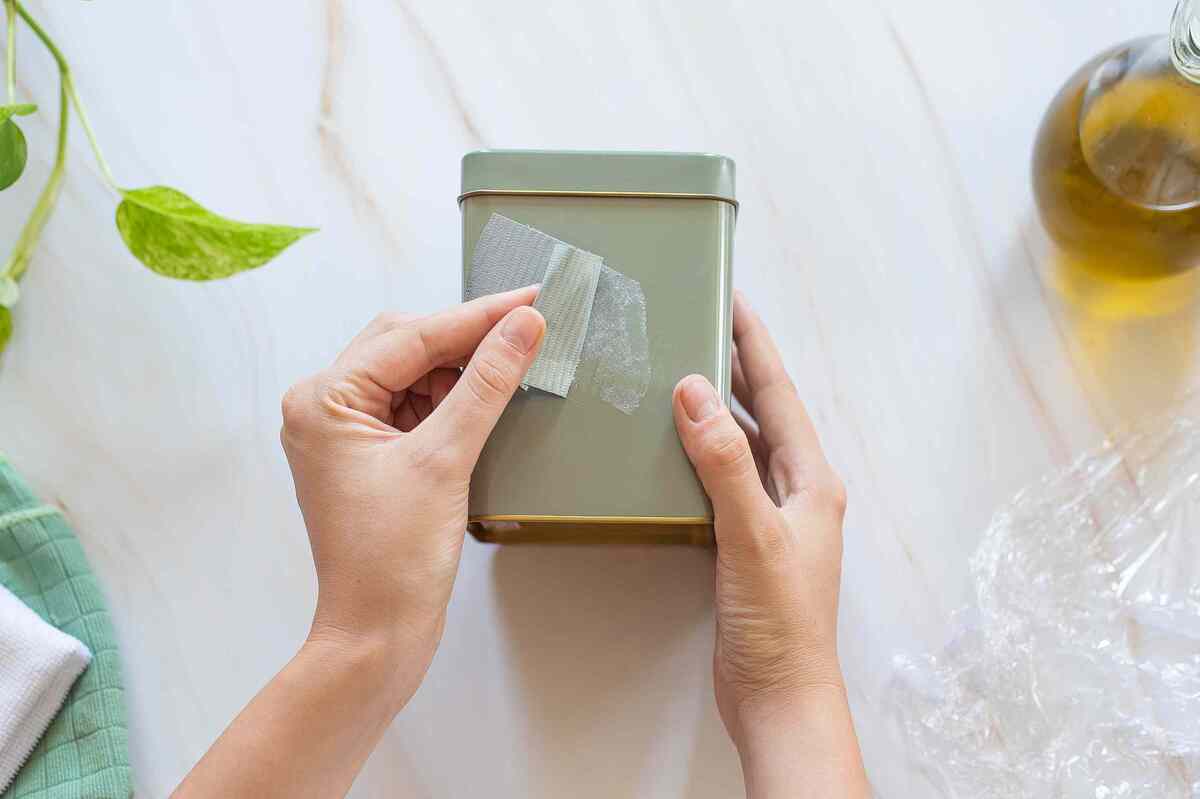
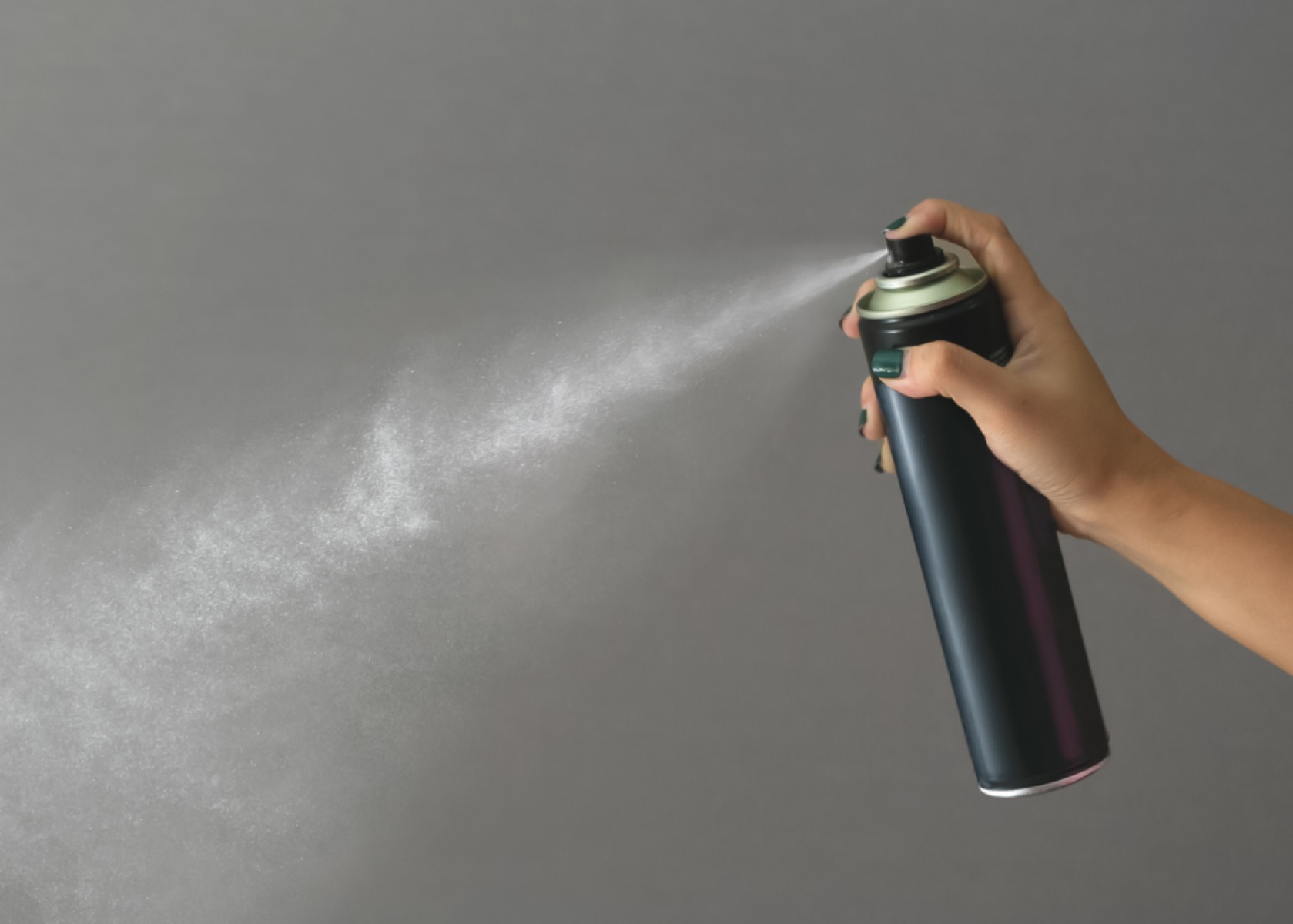
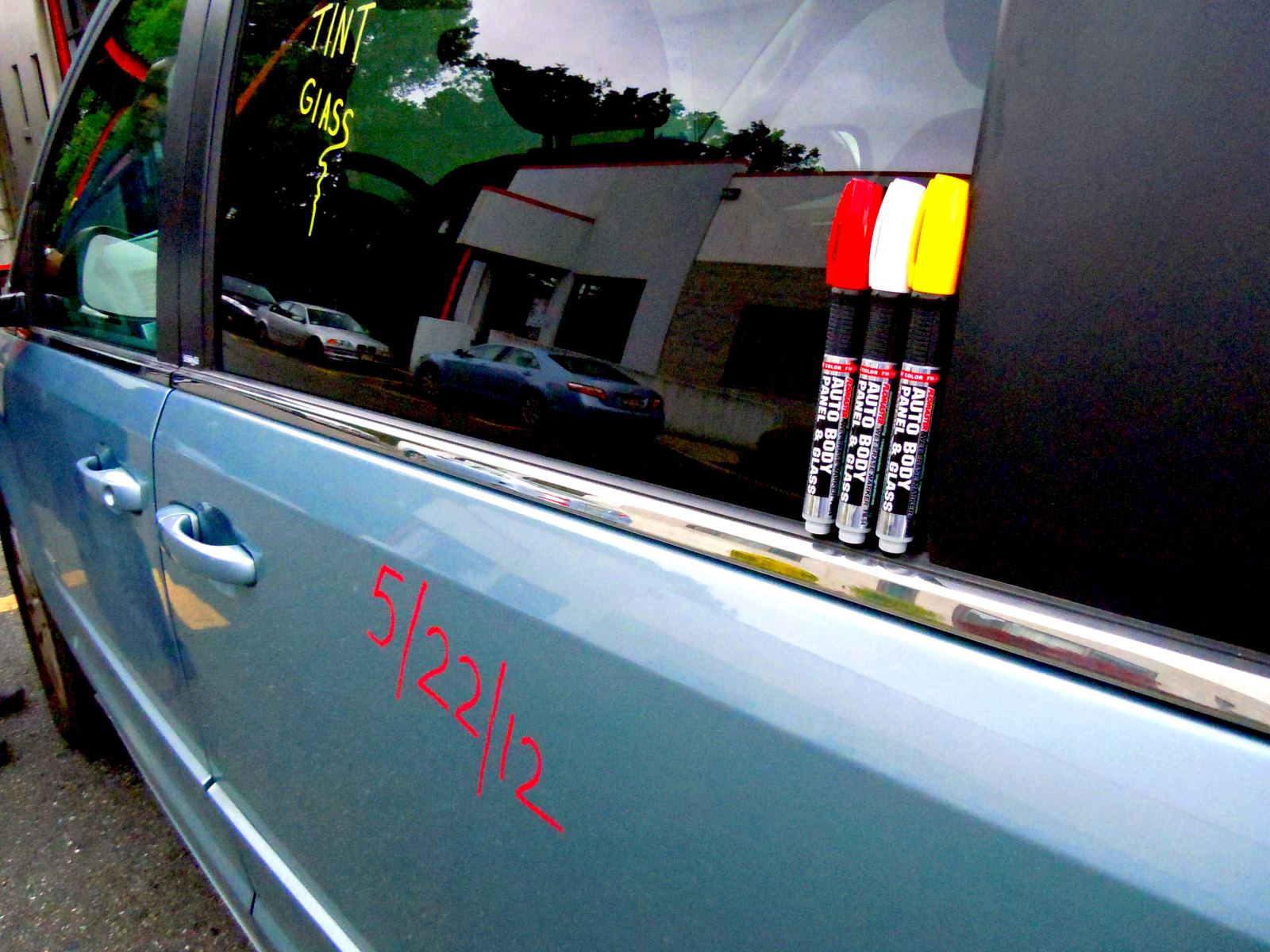
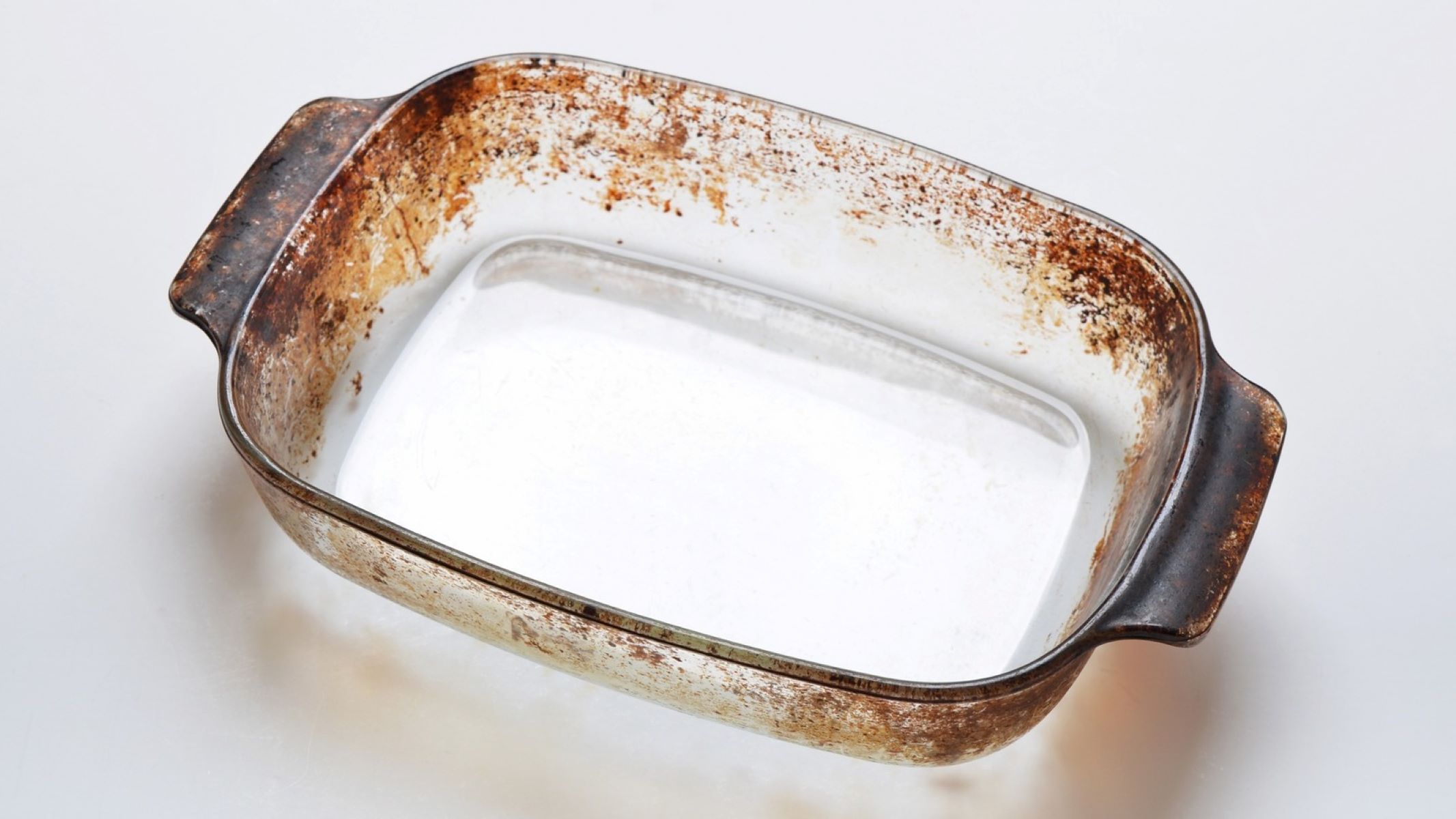
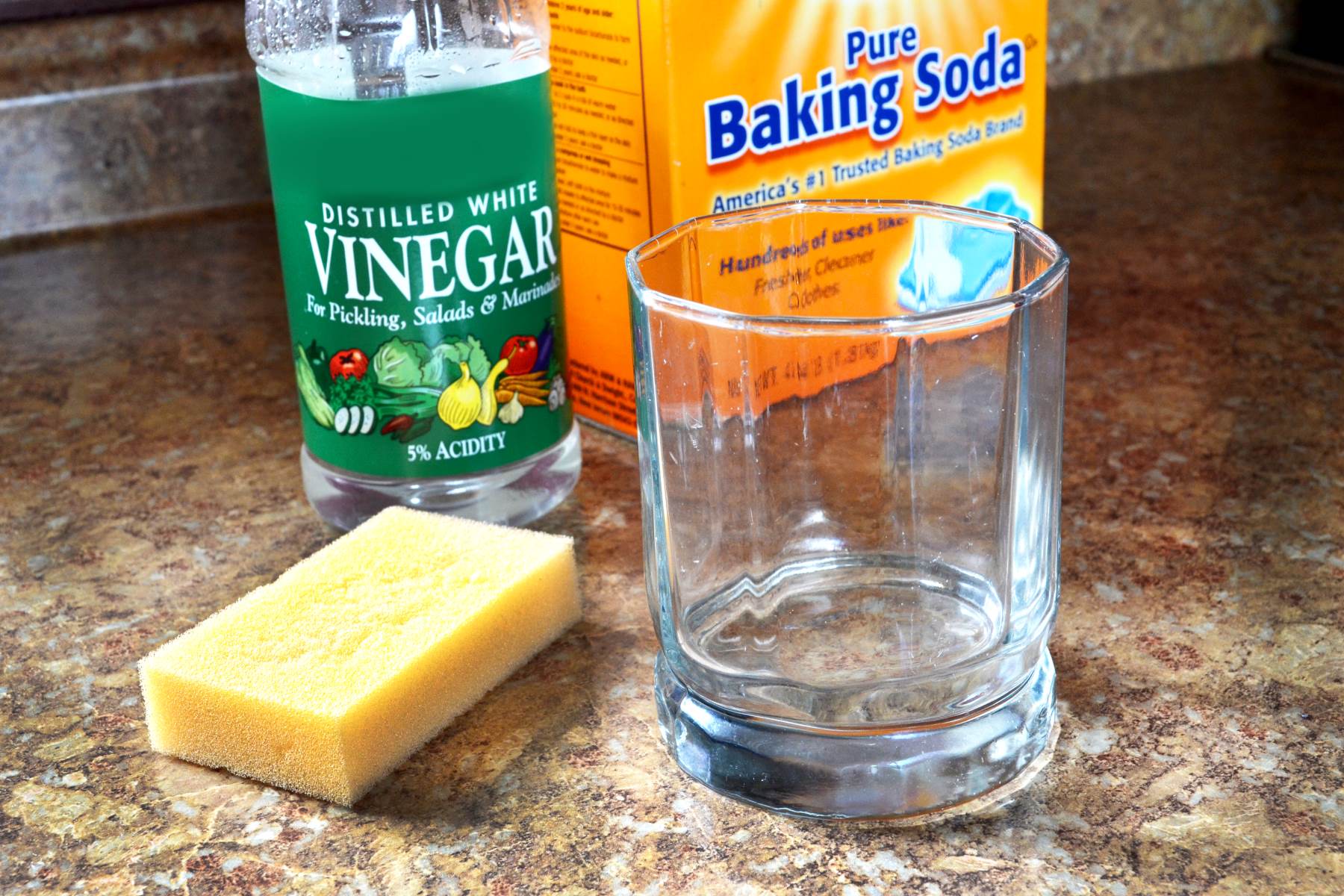
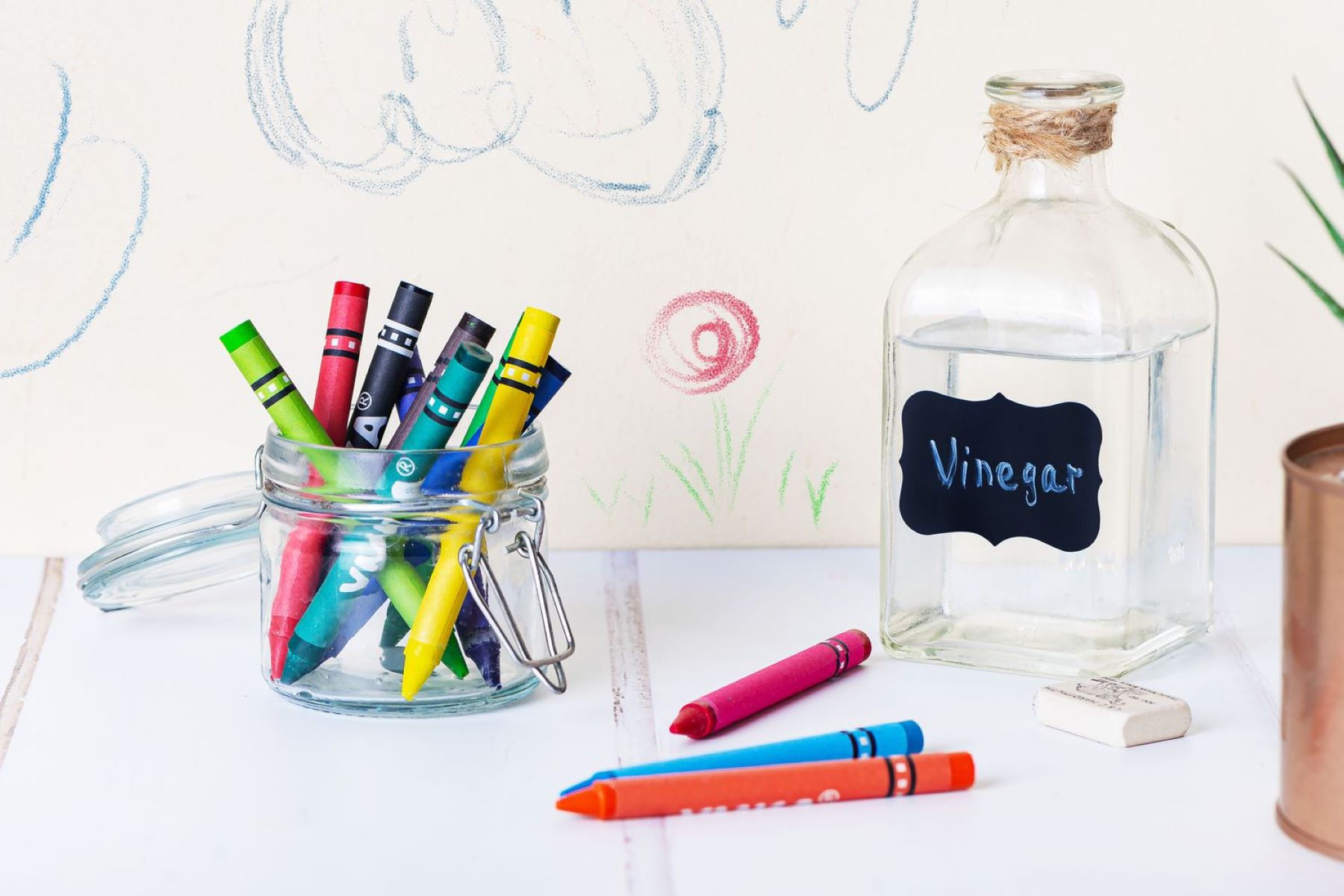

0 thoughts on “How To Get Burnt On Sugar Off Glass Cooktop”